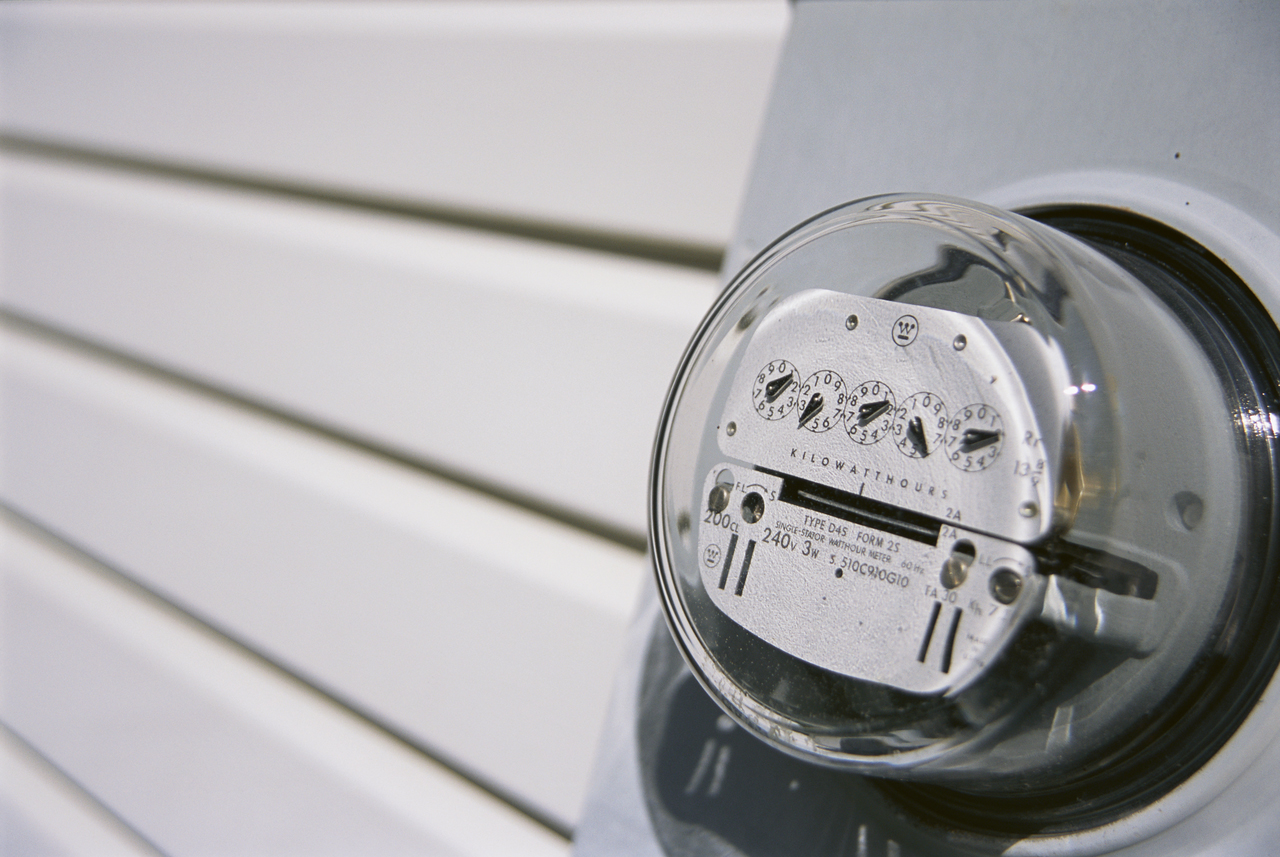
Initial Comments Regarding the Report of Working Group V -- Natural Gas Efficiency Goals
The New York State Department of State Division of Consumer Protection filed initial comments on the potential structure of gas efficiency programs on January 30, 2009. We explain our support for a funding level of $160 million to support a suite of statewide gas efficiency programs allocated 30% low-income, 30% market rate residential, and 40% commercial. We also indicate our preference for programs that target the entire building (insulation, windows, appliances) and not just appliance rebate programs. We note that older homes, and especially those in which low-income New Yorkers reside, can benefit significantly from the whole building approach.
Reply Comments Regarding the Report of Working Group V -- Natural Gas Efficiency Goals
On February 24, 2009, the New York State Department of State Division of Consumer Protection replied to the comments of the other parties in the proceeding. We note that almost all of the parties generally support development of energy efficiency programs that comprehensively identify and address a building’s inefficient use of natural gas and electricity. We support the comment of the National Grid Companies that New York should participate in the national campaign to transform the market to ENERGY STAR water heaters. We clarify the statement in our initial comments regarding the $160 million funding level by urging that an appropriate portion of those funds be directly allocated to electric programs for weatherization and the like and that a lesser amount be allocated to gas appliance rebate programs.
Comments Regarding Financial Incentives for Utilities
On June 20, 2008, the New York State Department of State Division of Consumer Protection submitted these written comments regarding the financial incentives to be applicable to utility-sponsored energy efficiency programs. We explain that the New York State Public Service Commission (PSC) should establish broad parameters regarding financial incentives, but tailor them to specific programs and modify them over time, as warranted. In addition, the Division shows that incentives should be awarded primarily based on verified energy efficiency savings and that utilities should not be provided any financial incentive unless they achieve a high percentage of the target energy savings. We also recommend that financial incentives not be provided for "free-riders," since those consumers would produce energy savings even without utility-sponsored programs. Overall, we call on the PSC to adopt financial incentives for utilities achieving 100% of their energy efficiency goals, in the range of 5 - 6% of program costs.
Reply Brief Regarding “Fast Track” Proposal
On April 18, 2008, the New York State Department of State Division of Consumer Protection submitted this reply brief in which we address other parties’ comments on proposed interim energy efficiency programs. We continue to explain that the New York State Public Service Commission should move rapidly to expand the most successful existing energy efficiency initiatives of the New York State Energy Research and Development Authority, and invite utilities to submit proposed energy efficiency programs that they would administer.
Initial Brief Regarding “Fast Track” Proposal
In this initial brief dated April 10, 2008, the New York State Department of State Division of Consumer Protection addresses proposed “fast track” or interim energy efficiency programs that could be implemented quickly to serve as a bridge to fully developed long-term energy efficiency programs. The Division explains that the New York State Public Service Commission (PSC) should adopt a portfolio of interim energy efficiency programs, based on New York State Energy Research and Development Authority's (NYSERDA) existing initiatives, that could be implemented quickly. We also propose that the PSC provide utilities an opportunity to play a significant role in achieving the State's energy efficiency goals and encourage them to submit proposals that might be superior to current NYSERDA initiatives. In addition, we recommend that the PSC assess no less frequently than every three years, whether the energy efficiency portfolio is on track to meet the State's goals and whether the cost estimates are accurate or require revision.
Comments on Proposal for Utility-Administered Energy Efficiency Services
In this filing dated January 25, 2008, the New York State Department of State Division of Consumer Protection responds to a proposal by the major electricity and gas utilities in New York State, the City of New York and others, which requested that the utilities be provided authority to administer and deliver energy efficiency programs. In these comments, the Division recommends that the New York State Public Service Commission reject that proposal, since it is premature, not accompanied by supporting documentation including cost data, and would forego the benefits of New York State Energy Research and Development Authority's proven expertise in delivering such programs.
Utility Disincentives for Energy Efficiency
In this filing dated August 26, 2006, the New York State Department of State Division of Consumer Protection demonstrates that utilities' disincentive to promote energy conservation, renewable technology and distributed generation should be addressed through a well-designed mechanism that compensates utilities for profit losses attributable to utility efforts regarding such initiatives. This mechanism should not, however, shift from utilities to consumers, the risk of profit losses from factors such as general economic downturns, a decline in the number of customers and conservation not attributable to utility activities. We identify several important issues that must be considered in the design and implementation of such a mechanism.



